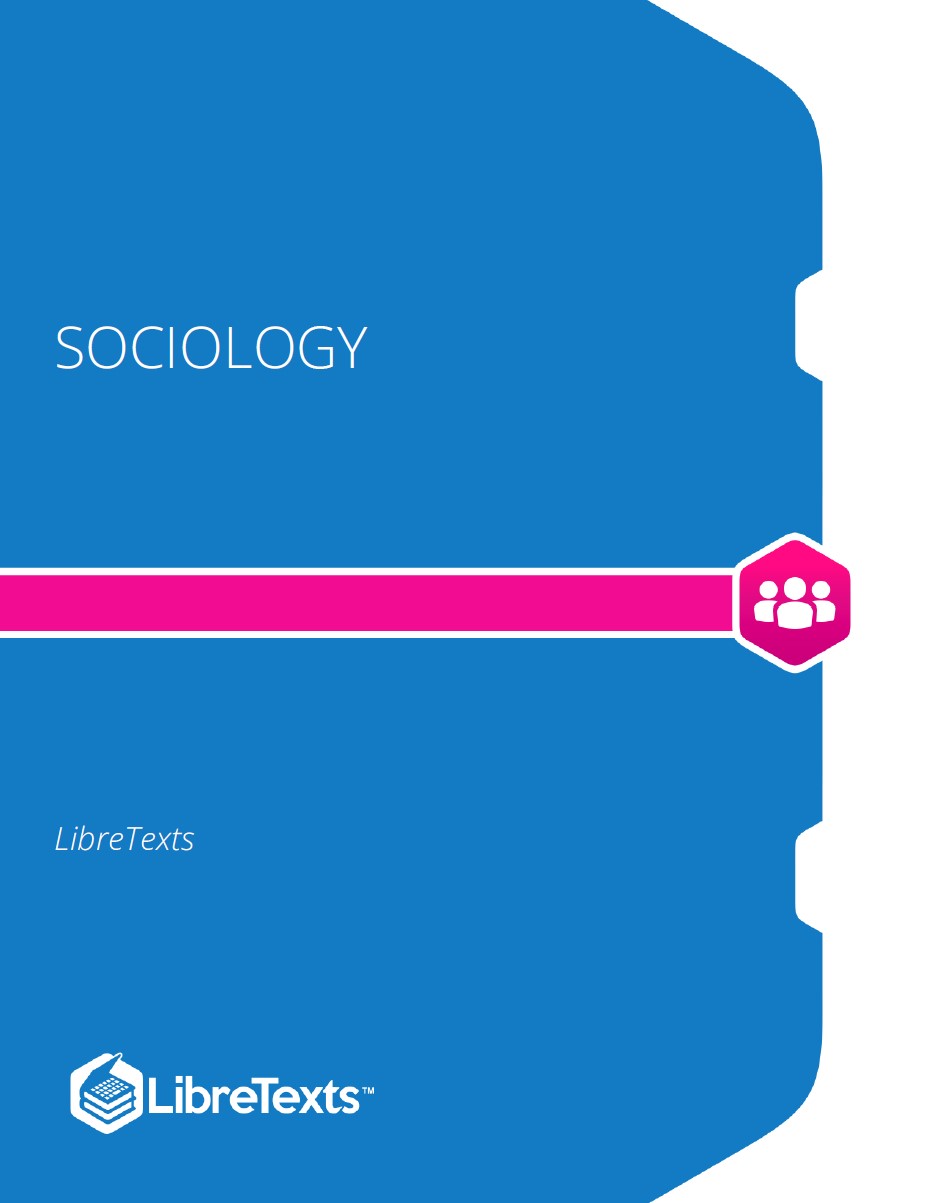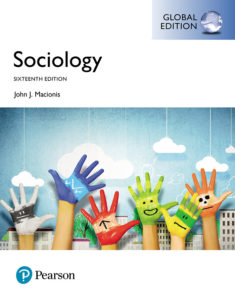Summary
Welcome to this new introduction to sociology text! According to recent news stories, thousands of college students are applying for jobs in AmeriCorps, Teach for America, the Peace Corps, and other national, local, and international service programs. Reports on college students find growing interest in voluntarism. Like generations before them, today’s students want to make a difference in their society.
The founders of sociology in the United States also wanted to make a difference. A central aim of sociologists in the early 20th century at the University of Chicago and elsewhere was to use sociological knowledge to benefit society. A related aim of sociologists like Jane Addams, W. E. B. Du Bois, Ida B. Wells-Barnett, and others since was to use sociological knowledge to understand and alleviate gender, racial, and class inequality.
It is no accident that many sociology instructors and students are first drawn to sociology because they want to learn a body of knowledge that can help them make a difference in the world at large. This new text is designed for this audience. As its subtitle implies, it aims to present not only a sociological understanding of society but also a sociological perspective on how to improve society. In this regard, the text responds to the enthusiasm that “public sociology” has generated after serving as the theme of the 2004 annual meeting of the American Sociological Association, and it demonstrates sociology’s relevance for today’s students who want to make a difference in the world beyond them.
Several pedagogical features of the book convey this theme:
- Most chapters begin with a “Social Issues in the News” story taken from recent media coverage that recounts an event related to the chapter’s topic and uses it as a starting point for the chapter’s discussion. Additional material at the end of the chapter discusses promising strategies for addressing the social issues presented in the news story and in the chapter as a whole. The inclusion and discussion of “Social Issues in the News” will help students appreciate the relevance of sociology for newsworthy events and issues.
- Three types of boxes in almost every chapter reflect the U.S. founders’ emphasis on sociology and social justice. The first box, “Sociology Making a Difference,” discusses a social issue related to the chapter’s topic and shows how sociological insights and findings have been used, or could be used, to address the issue. The second box, “Learning From Other Societies,” discusses the experience in another nation(s) regarding a social issue related to the chapter; this box helps students appreciate what has worked and not worked in other nations regarding the issue and thus better understand how social reform might be achieved in the United States. The third box, “What Sociology Suggests,” summarizes social policies grounded in sociological theory and research that hold strong potential for addressing issues discussed in the chapter. In addition, many chapters contain tables called “Theory Snapshots.” These tables provide a quick reference tool for students to understand the various theoretical approaches to the sociological topic that the chapter is discussing.
- Most chapters end with a “Using Sociology” vignette that presents a hypothetical scenario concerning an issue or topic from the chapter and asks students to use the chapter’s discussion in a decision-making role involving social change. These vignettes help students connect the chapter’s discussion with real-life situations and, in turn, better appreciate the relevance of sociological knowledge for social reform.
- Drawing on these features and other discussions throughout the book, a unique final chapter, Chapter 22, summarizes what students have learned about the potential of sociology to achieve social reform and includes further discussion of the relevance of sociological knowledge for addressing important social issues.
Extract
Above all, you have learned the sociological perspective: the idea that our social backgrounds, broadly defined, profoundly influence our behavior, attitudes, and life chances. We discussed many examples of this in the early chapters, when we examined the effects of social processes such as culture, socialization, and roles and group membership; in the middle chapters, when we examined the consequences of inequalities based on social class, race and ethnicity, gender and sexuality, and age; and in the final chapters, when we examined the importance of social institutions such as the family, education, religion, and medicine. In all of these respects, you have learned that people are not just individuals but rather are social beings and also that we can thus fully understand any one individual only by appreciating the influence of the person’s social background.
Because of all this learning, you now know more about yourself than you did before you took the course for which you read this book. You know that you are who you are in part because of your gender, social class, race and ethnicity, geographical location, and many other aspects of your social background and also because of socialization by your parents and by friends, teachers, and other “agents of socialization” throughout your life.
You have also learned the importance of social inequality. More than perhaps any other academic discipline, sociology emphasizes the importance of social inequality for understanding both society and the individual. American society and, indeed, the world itself cannot be adequately understood without first understanding the importance of inequality based on social class, race and ethnicity, gender and sexuality, and age.
Next, you have learned about the nature and importance of social institutions. The family, economy, and polity are all essential parts of the fabric of social life, as are education, religion, and medicine. Because all of these institutions affect our behavior, attitudes, and life chances, they have long been, and will continue to be, sources of significant social controversies.
Finally, you have learned about sociology and social change. Hearkening back to the roots of U.S. sociology in social reform, you have read throughout this book about the relevance of sociological insights for attempts to benefit society. This relevance derives from the sociological imagination as conceived by C. Wright Mills. As Chapter 1 discussed, the sociological imagination involves the recognition that “private troubles,” as Mills called them, are rooted in the social structure, and especially in social inequality, and are thus better understood as “public issues.”
Mills considered this type of recognition important for two related reasons. First, efforts to benefit society that neglect this recognition—that is, that neglect the structural sources of private troubles and public issues—will ultimately prove ineffective. Second, this type of recognition enables us to better understand our own experiences and life chances as we become aware of the social forces affecting our lives and those of people in similar circumstances. This awareness and self-knowledge empower us to become more effective agents of social change in our immediate social environments and also in the larger society.
If sociological insights help to guide social change, the history of social reform in the United States also shows that social change most often happens when Americans unite in small groups or larger social movements to change some aspect of society. Chapter 14 discussed important features of social movements, including their origins and impact. As that discussion highlighted, many of the rights and freedoms Americans now enjoy were won by social movements struggling against great odds. Here an often cited comment by anthropologist Margaret Mead is worth remembering: “Never doubt that a small group of thoughtful, committed citizens can change the world. Indeed, it is the only thing that ever has.”




